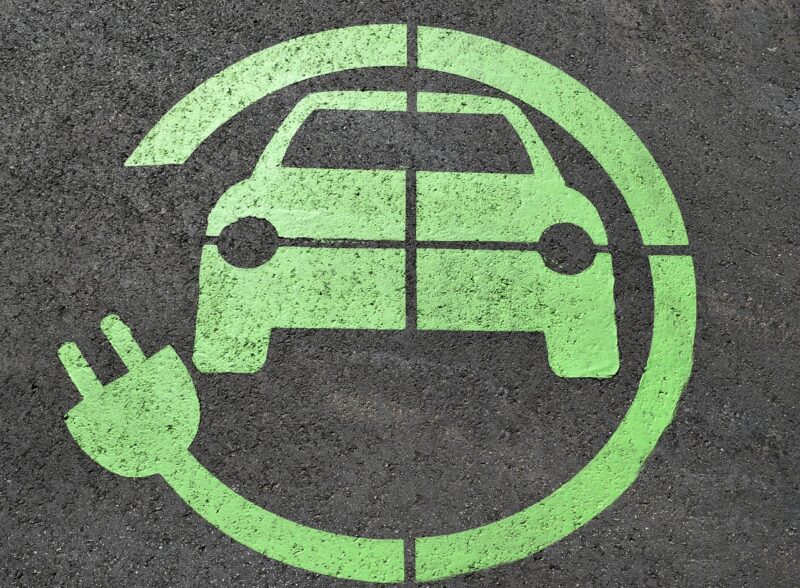
Electric car batteries are a crucial component of electric vehicles (EVs), providing the power needed for propulsion and various onboard systems. Understanding how these batteries work and how to maintain them can help you appreciate the technology behind electric vehicles. This guide explains the basics of electric car batteries, their components, and tips for extending their lifespan.
1. The Basics of Electric Car Batteries
Electric car batteries store and supply electrical energy to power the vehicle’s motor. Most electric vehicles use lithium-ion batteries due to their high energy density, lightweight, and efficiency.
Key Features of Electric Car Batteries:
- Energy Density: The amount of energy stored per unit of weight, which affects the car’s range.
- Charge Cycles: The number of times a battery can be charged and discharged before its capacity diminishes significantly.
- Efficiency: The percentage of energy used to power the vehicle compared to the total energy stored.
Why It Matters: Understanding these basics helps you recognize the importance of battery technology in electric vehicles.
2. Components of Electric Car Batteries
Electric car batteries are made up of several key components that work together to store and deliver energy.
Components Include:
- Cells: The smallest unit that stores energy; multiple cells are combined to form a battery pack.
- Battery Management System (BMS): Monitors battery performance, temperature, and state of charge to ensure safe operation.
- Cooling System: Maintains optimal operating temperature to prevent overheating and improve efficiency.
Tip: Each component plays a vital role in the overall performance and safety of the battery.
3. How Electric Car Batteries Work
Electric car batteries function through electrochemical processes. When the vehicle is plugged in, electricity flows into the battery, charging it. When the car is in use, the stored energy is converted back into electrical power to drive the motor.
The Charging Process:
- Electricity flows into the battery through an external charger.
- Chargers can be Level 1 (standard home outlet), Level 2 (240V), or DC fast chargers for quicker charging.
Discharging Process:
- Stored energy powers the electric motor, and the battery supplies power to other systems (e.g., heating, cooling).
- Regenerative braking captures energy during braking and feeds it back into the battery.
Why It Matters: Understanding these processes helps drivers optimize their charging habits and energy use.
4. Factors Affecting Battery Lifespan
The lifespan of electric car batteries is influenced by several factors, including temperature, charging habits, and driving conditions.
Key Factors Include:
- Temperature: Extreme heat or cold can negatively impact battery performance and lifespan.
- Charging Practices: Frequent fast charging can lead to faster degradation compared to regular charging.
- Depth of Discharge: Regularly discharging the battery to very low levels can shorten its lifespan.
Tip: Being mindful of these factors can help extend the life of your electric car battery.
5. Tips for Extending Battery Life
Proper maintenance and usage habits can significantly enhance the lifespan of electric car batteries. Here are some practical tips to help you care for your battery:
Battery Care Tips:
- Avoid extreme temperatures by parking in shaded or climate-controlled areas.
- Charge the battery regularly and avoid letting it drop below 20% frequently.
- Use Level 2 chargers for daily charging instead of relying solely on DC fast chargers.
- Implement smart charging by setting your vehicle to charge during off-peak hours.
Why It Matters: Implementing these tips not only prolongs battery life but also ensures your EV remains efficient and reliable.
6. Understanding Battery Replacement
Eventually, electric car batteries will need to be replaced as their capacity diminishes. It’s essential to understand what to expect regarding replacement costs and options.
Considerations for Battery Replacement:
- Cost: Replacement costs can vary widely depending on the vehicle model and battery size.
- Warranty: Most manufacturers offer warranties that cover battery replacement for a certain number of years or miles.
- Recycling: Many companies have recycling programs to responsibly dispose of old batteries.
Tip: Check your manufacturer’s guidelines for warranty information and battery replacement options.
Conclusion
Understanding electric car batteries is crucial for any EV owner. By grasping how they work, what affects their lifespan, and how to care for them, you can maximize your electric vehicle experience. With proper maintenance and awareness, you can enjoy the benefits of electric driving while ensuring the longevity of your battery.






